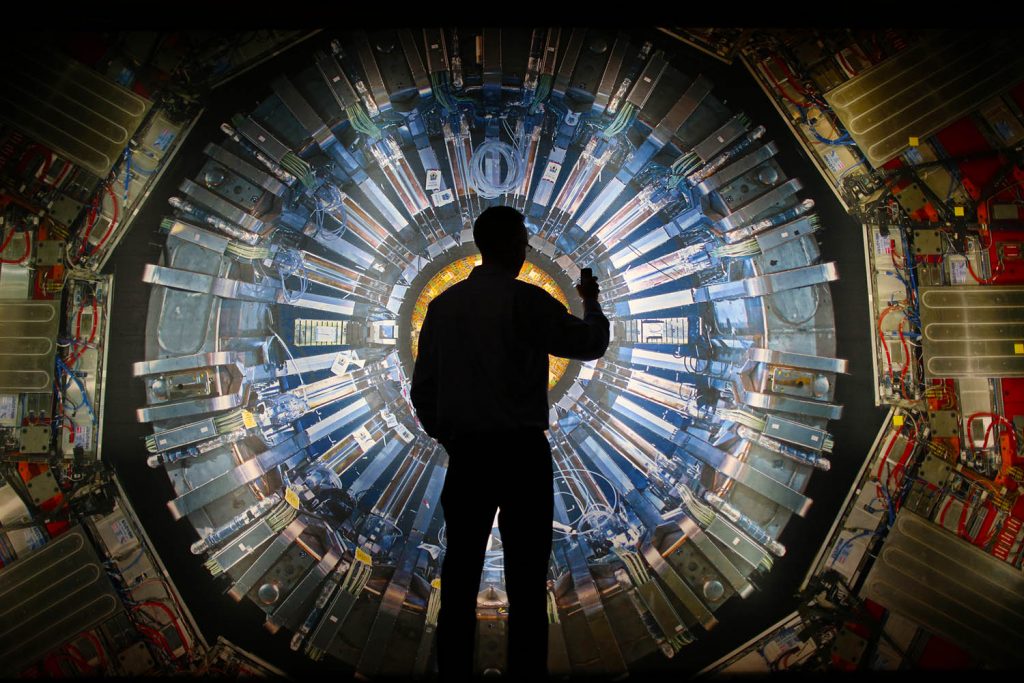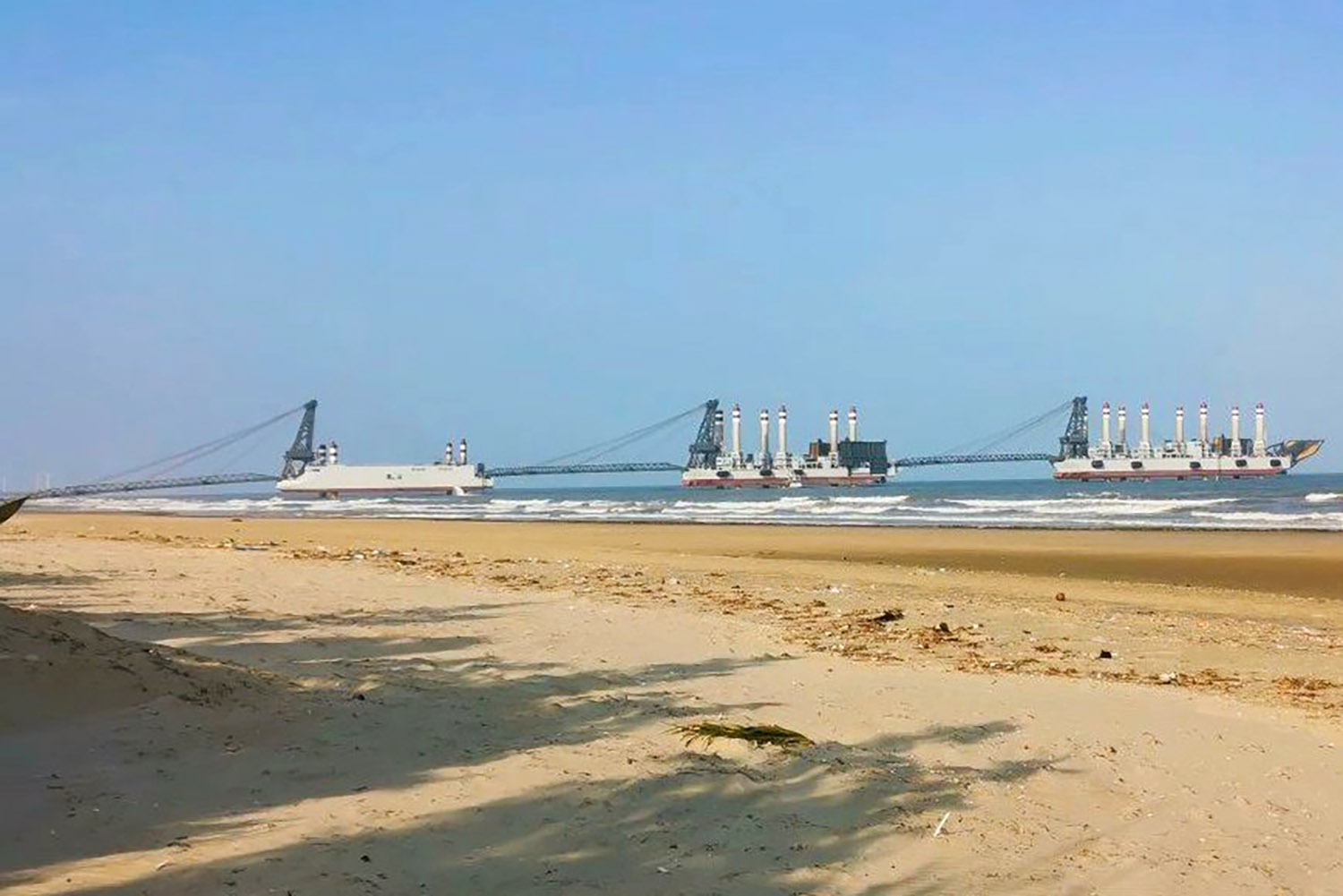
This month Chinese physicists released plans for a particle collider nearly five times as large as the world’s current largest – the Large Hadron Collider (LHC) outside Geneva – in an effort to be the first to answer physics’ most elusive questions. The 100-kilometre Circular Electron-Positron Collider (CEPC) would smash electrons into anti-electrons at nearly the speed of light to investigate the evolution of the universe, dark matter and antimatter. The CEPC is estimated to cost $5.2 billion – a significant discount on Europe’s proposed new Future Circular Collider (FCC) at $17 billion – and could be completed by 2035, at least a decade before the FCC. In fact, the FCC may never get there, after Germany (the largest funder of the Hadron Collider) withdrew funding. There are ever-increasing restrictions on high tech exchange between the West and China. But Europe, not Beijing, could find itself left behind.









